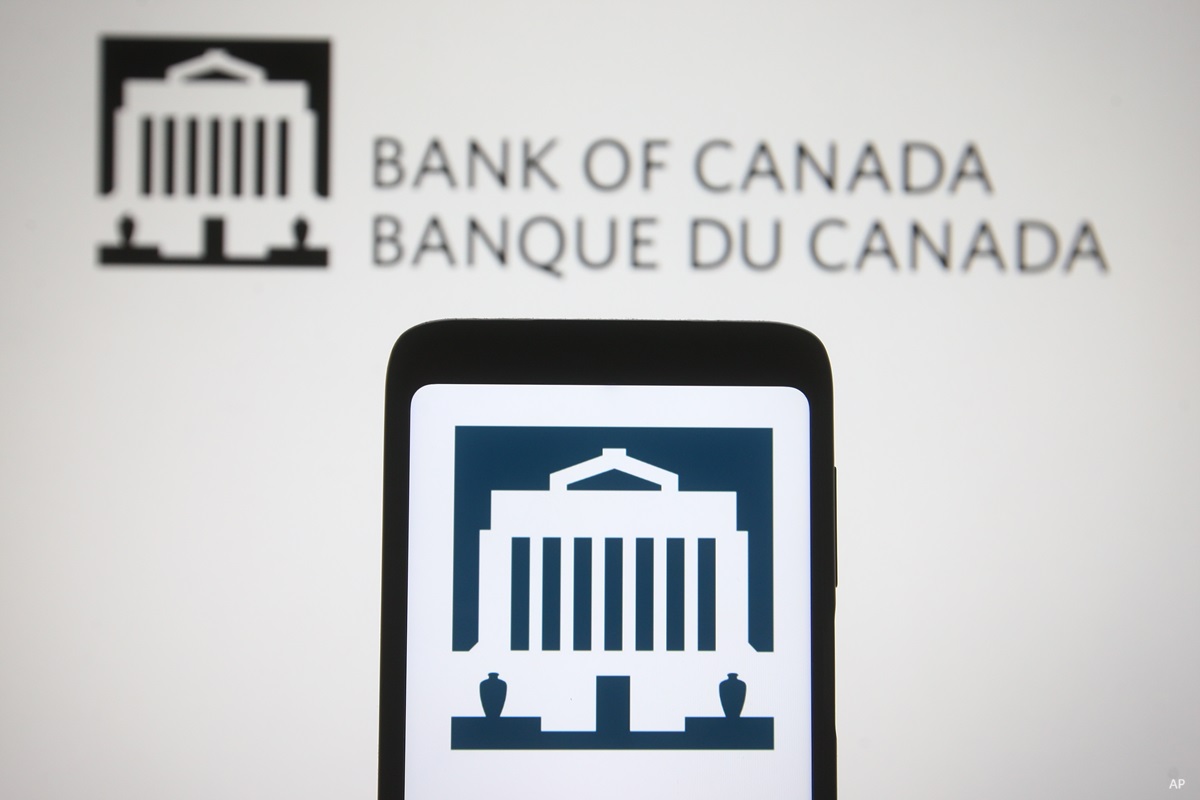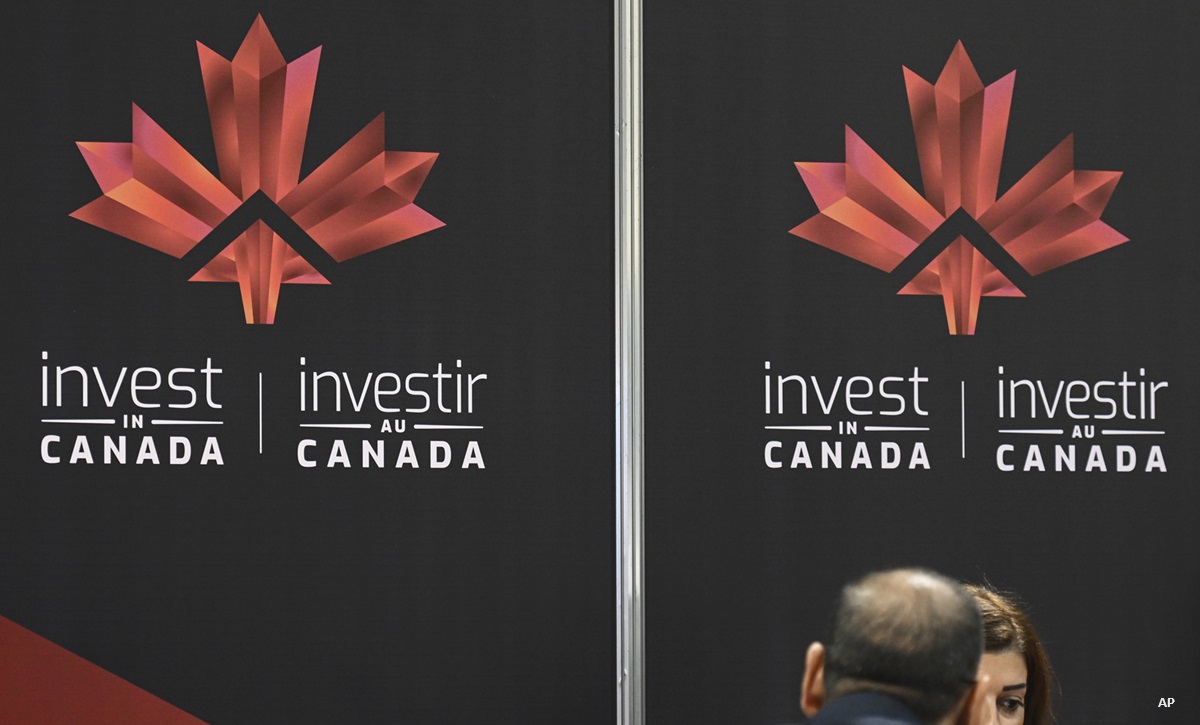Starting with the tulip mania in the 1600s, to the stock market crash before the Great Depression, to the dotcom frenzy, market bubbles have been around for a long time. Though the bubble itself changes, the idea of bubbles persist.
In recent times, bitcoin has been called the latest bubble – in 2018, the cryptocurrency lost almost 80% of its price, from over US$16,000 in January 2018, to a little under US$3,200 in December 2018.
So how should you recognize a bubble?
“A consistent theme of bubble formation is that its promoters tout it as something that is ‘new’ in the world that will change the way we do things, and that valuations are irrelevant because somehow ‘it is different this time'," says Michael Job, vice president and portfolio manager at Leith Wheeler Investment Counsel.
He points out that there is always a sense of pride amongst participants that they have discovered or understand this new opportunity and others do not, and in many cases new financial instruments are created and hailed by the investment industry for their novel application.
“Leverage also often plays a role in accentuating the problem,” he adds.
Bubbles vs businesses
It is important, though to make a distinction between bubbles and underlying businesses. For example, though the dotcom bubble saw large names like pets.com shut down, business like Cisco, which fell almost 90% in the crash, recovered and survived. Similarly, experts make a distinction between bitcoin and blockchain.
“While the latter 'powers' the former, blockchain has so many more traditional, commercial uses than cybercurrency. Blockchain is complex, but businesses based on its technology have a higher likelihood of making it into one of our portfolios than Bitcoin ever would,” Job says.
“The best way for investors to differentiate between a new business and a trend is to do their homework,” says Morningstar senior investment analyst Shehryar Khan. “They should consider whether the business they are analyzing has earnings. A company may not necessarily be profitable if it is reinvesting heavily into their operations to grow their business, but the company needs to demonstrate an ability to generate profits at some point in the future.”
Secondly, investors need to evaluate how much they are paying for a business. Paying 30, 40, or 50-times earnings is generally not a recipe for success, as a great company can be a bad investment if bought at too high a price, Khan says, pointing out that sometimes, finding a great business means having to wait a number of years before the market offers up the opportunity to buy it at an attractive price, but that is part and parcel of being a disciplined investor.
“Finally, investors need to monitor their investments to ensure that the reason they bought a company in the first place is progressing as expected. Companies can fail to execute on their strategies for a whole host of reasons, poor management, changing industry dynamics or sheer bad luck,” Khan says.
Michael Job meanwhile evaluates all businesses, whether new or old, in the same way, looking for things like a sustainable competitive advantage, a strong management track record, compelling valuation, solid cash flow generation, a commitment to earning a return on invested capital and the like.
“Neither 'new businesses' nor 'trends' often check many (or any) of these boxes and the result is that we can frankly miss some of the early moves," he says.
As an example, Job points to the tech bubble.
“We came under tremendous pressure at the time from clients and consultants for our zero weighting in the sector when it soared to its headiest highs in the late 90s/early 2000s. It’s surreal to say it, but in 1999 we lagged the TSE 300 by 23.5% and fell back another 15.6% in Q1 of 2000”, he said.
Job is quick to point out that the firm didn’t take issue with 100% of the businesses, though many had fraught business models, or disagree that the internet economy was going to be important. It was the fact that the market stopped caring about valuations altogether that was the point of concern.
“This is one of the most dangerous parts of bubble formation – the idea that the price you pay to own a piece of a business no longer matters. At some point, it always does,” he says.
What should investors do?
Morningstar’s head of behavioral science, Stephen Wendel ,says an individual investor should arm oneself with a narrative, beforehand, to understand other people’s excitement. For example, that much of that excitement may be because people feed of each other’s excitement, and that has little to do with the underlying fundamentals. That’s a valuation-driven narrative. But other – accurate – narratives could also work, from other investing philosophies, he says.
“Investors can benefit from bubbles by being contrarian. A bubble will typically result in great scrutiny being placed on one or two areas of the market, leaving others ripe for the picking,” Khan says. In 2018, for example, the dispersion between value and growth stocks in the U.S. offered plenty of opportunities for contrarian investors in a market that was broadly considered to be expensive relative to other regions, specifically in the consumer staples and health care sectors, he says adding that the same is true in Canada, where sagging domestic oil prices have punished the energy sector. “Despite the broad brush that companies that operate in the sector get painted with, there are some good companies that long-term investors can target,” he says.
Wendel suggests two tools – externalizing and friction: “Externalizing means to thoughtfully write out your own personal investing rules, when you are in a calm state, and then use the written version to guide your day to day actions. This is a tool to avoid using your (malleable) intuitions and emotions in the moment. Friction is all about slowing you down: making it harder to act rashly in the moment, so that you might return to the issue with a calmer head.”
The two biggest traits to succeed in investing are having the mindset that allows an investor to be comfortable going against the tide, and the patience to wait for their thesis to play out, Khan says.





.jpg)














